Unsure which blade to use for metal with your reciprocating saw? The right teeth per inch (TPI) choice makes all the difference in getting clean, efficient cuts, while saving time and extending blade life. Let’s explore how to match TPI to your task for the best results.
Understanding Reciprocating Saw Blades
A reciprocating saw, also called a “Sawzall,” is prized for its versatility. Whether you’re demolishing walls or cutting plumbing pipes, the blade you choose is just as important as the saw itself.
When it comes to metal, your top consideration should be TPI—or how many teeth are packed along each inch of the blade edge. This single detail has a huge impact on how your tool handles sheet metals, pipes, and even nails.
- TPI (teeth per inch) determines cutting speed and finish quality.
- Fewer teeth mean faster but rougher cuts (best for wood or demolition).
- More teeth create smoother, slower cuts—vital for hard or thin metals.
What Exactly Is TPI—and Why Does It Matter?

TPI refers to the number of saw teeth per inch. This measurement is the primary factor in how the blade interacts with different materials.
For cutting metal:
- Low TPI (6–10 TPI): Designed for softer materials and rough, rapid cuts.
- Medium TPI (10–18 TPI): Handles multi-material use and moderate thickness metals.
- High TPI (18–24+ TPI): Optimized for hard metals and thin sections, offering smooth, controlled cutting.
The key benefit of the right TPI: less vibration, reduced chance of catching or binding, and greater control—making your job much easier and safer.
Choosing the Best TPI for Metal Cutting
Selecting the correct TPI ensures clean, snag-free cuts and extends both your blade and tool’s life. Here’s what you should know:

For Thin Metals (Sheet Metal, Ductwork, Flashing)
Thin metals require a high tooth count to prevent the blade from grabbing and tearing the workpiece. Using a TPI that’s too low can yank the material into the teeth, causing jagged edges or even damaging the blade.
- Best TPI range: 18–24 TPI
- Common uses: Cutting sheet metal, aluminum siding, gutters, thin conduit.
- Benefits: Smooth edge, less vibration, less risk of snagging.
For Thick Metals (Pipes, Rebar, Angle Iron)
For tougher or thicker stock, a mid-range TPI gives faster cuts while maintaining durability and control.
- Best TPI range: 10–14 TPI
- Common uses: Cutting steel pipe, angle iron, thick metal rods, structural metals.
- Benefits: Balances speed and control, prevents excessive heat and blade wear.
For Multi-Purpose Cutting
Sometimes you need to slice through wood with nails or pipes embedded. Combination blades with variable TPI cater to these jobs by providing a flexible cutting profile along their length.
- Optimal TPI range: 10–18 TPI (often blended in multi-material blades)
- Common uses: Dismantling structures, contractor tasks.
- Benefits: Adaptable to changing materials without swapping blades.
Metal Type and TPI Selection
Different metals respond differently to saw blades. Consider the following:
- Aluminum: Softer and easier to cut—use 14–18 TPI.
- Stainless steel: Harder—use higher TPI (20–24).
- Cast iron: Brittle—select mid-range TPI (10–14) and steady pressure.
When in doubt, cut on the side of a higher tooth count to prevent sudden grabs or jagged edges, especially with harder metals. Check out all of our RSB Blade selections here!
Blade Material Matters Too
The TPI is essential, but so is the composition of the blade itself. For metalwork, always choose blades with:
- Bi-metal construction: Combines flexibility and strength, resisting breakage.
- Carbide-tipped teeth: Extreme durability for thick/hardened metals.
Never use standard wood cutting blades for metal—they’ll dull rapidly and overheat.

Pro Tips for Cutting Metal With a Reciprocating Saw
The right TPI and blade maximize your tool’s effectiveness, but technique also counts. Follow these tips for better results:
- Secure your workpiece: Clamp or firmly support the metal to reduce vibration.
- Use lubricant: A dab of cutting oil helps with stubborn metal, reducing friction and heat.
- Let the saw do the work: Don’t force it—apply steady, moderate pressure.
- Mind your speed: Slow, controlled strokes prevent overheating and extend blade life.
- Watch for sparks: Some metals spark when cut—wear eye protection.
When to Change Your Blade
No matter the TPI, even the best blade wears down, especially with metal. Signs it’s time to swap:
- You see excessive sparking.
- The cut slows significantly, despite proper technique.
- The blade feels hot or looks discolored.
- Cutting edges appear rounded.
Using a dull blade increases heat, rough edges, and potential injury risk. To learn more about using a reciprocating saw safely, checkout this article about safety!

Frequently Asked Questions
Can I use a wood blade to cut metal?
No. Wood blades typically have low TPI and aren’t hardened for metal. This leads to rapid dulling and dangerous stall-outs. Always select a blade rated specifically for metal.
What happens if I use the wrong TPI?
A blade with too low TPI catches on thin metal, causing jagged cuts or damaging the material. Using one that’s too high might slow your progress but usually won’t harm the metal or blade, though cuts can overheat from excess friction.
How do I know what TPI I need?
Check your material thickness. For anything thinner than 1/8 inch, use an 18–24 TPI blade. Thicker stock in the 1/8 to 1/2 inch range does well with 10–14 TPI. Thick, solid metals may need a variable or lower count for speed.
Come catch our labour sale now!
Conclusion
Choosing the right TPI for metal cuts with your reciprocating saw saves time and effort while extending your equipment’s life. Remember to match blade and material, follow safe practices, and watch for blade wear to enjoy fast, clean cuts every time. Ready to tackle your next project? Make sure your blades are set for the job. Speaking about blades, check out this blog about reciprocating blades where we cover different reciprocating blades in our vast arsenal!


 Oscillating Multi-Tool Blades
Oscillating Multi-Tool Blades
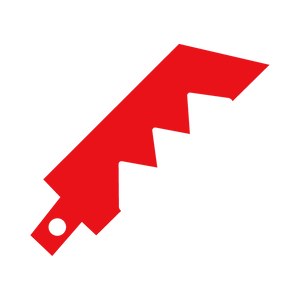 Reciprocating Saw Blades
Reciprocating Saw Blades
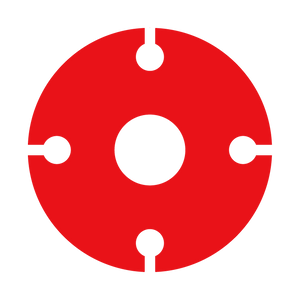 Cutting & Grinding
Cutting & Grinding
 Hole Saw
Hole Saw
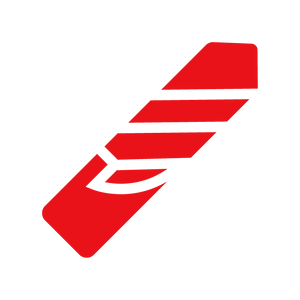 Drilling
Drilling
 Sanding & Polishing
Sanding & Polishing
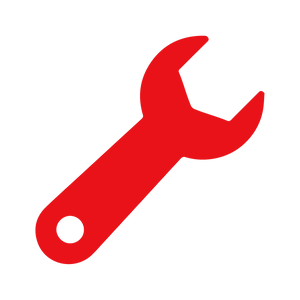 Hand Tools
Hand Tools
 Metal Worker & Fabrication
Metal Worker & Fabrication
 Woodworking & Carpentry
Woodworking & Carpentry
 Electrical & Plumbing
Electrical & Plumbing
 Automotive
Automotive
 Concrete & Masonry
Concrete & Masonry
 Demolition
Demolition
 NEW ARRIVALS
NEW ARRIVALS
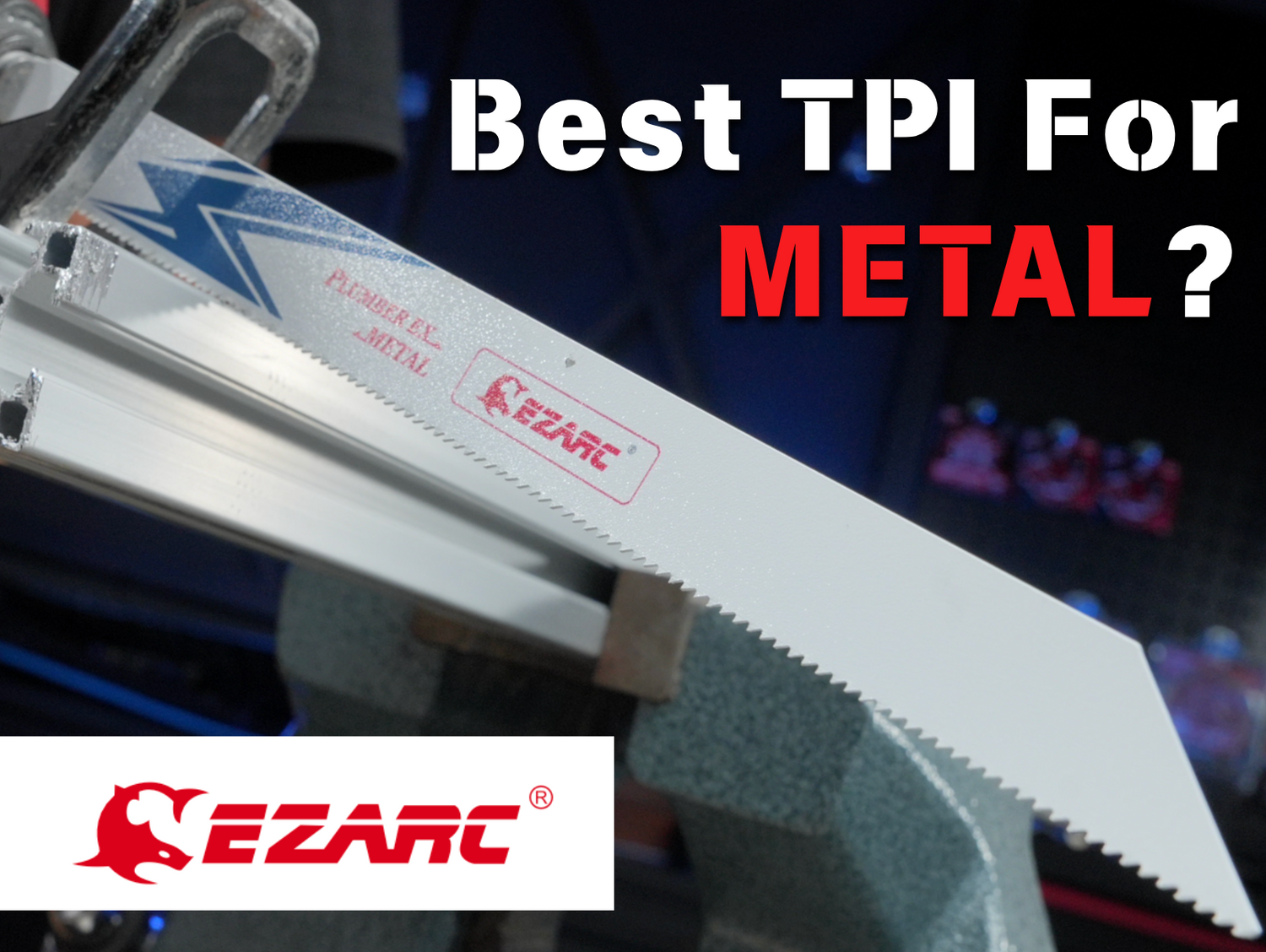





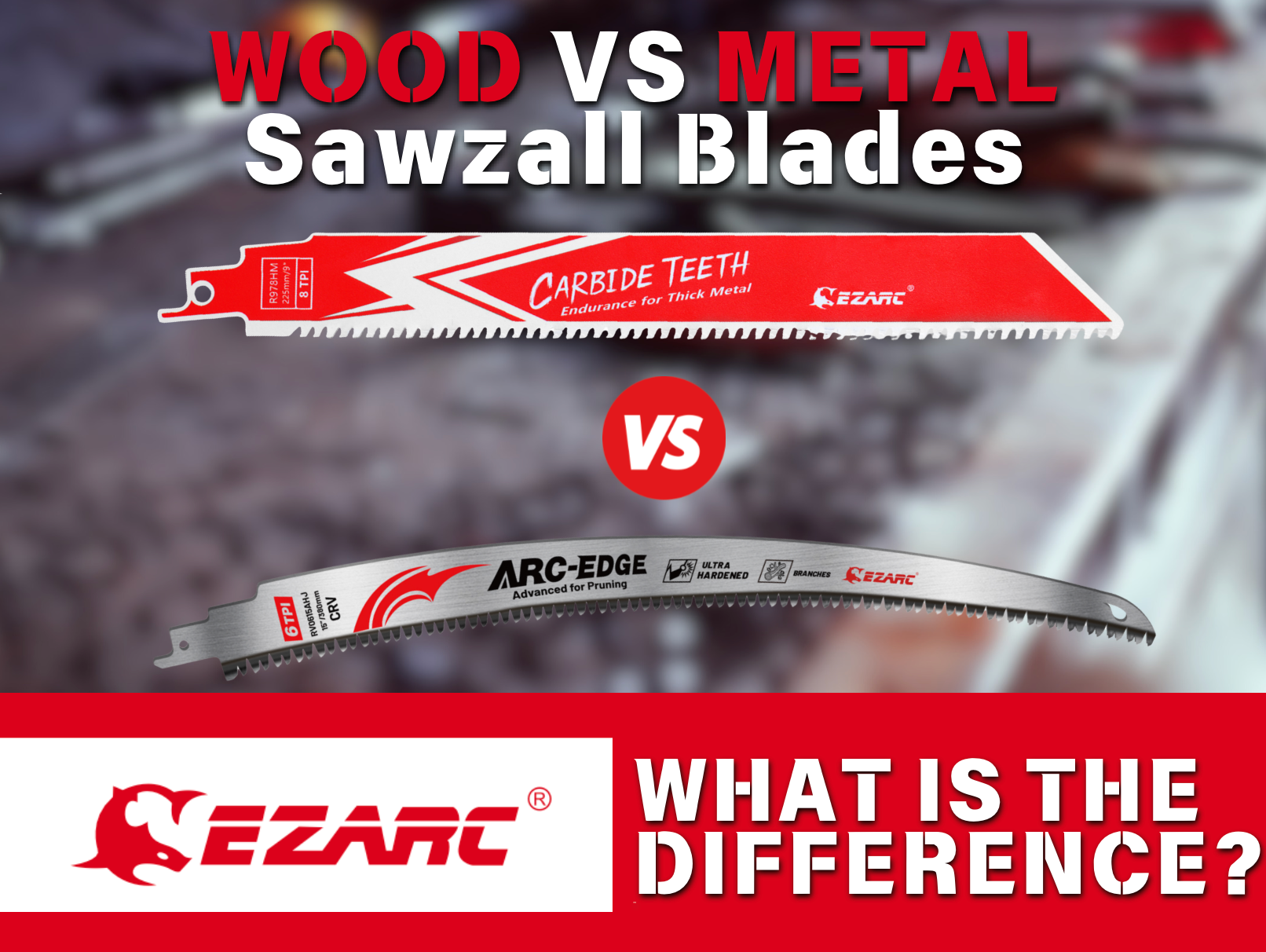
댓글 남기기
이 사이트는 hCaptcha에 의해 보호되며, hCaptcha의 개인 정보 보호 정책 과 서비스 약관 이 적용됩니다.